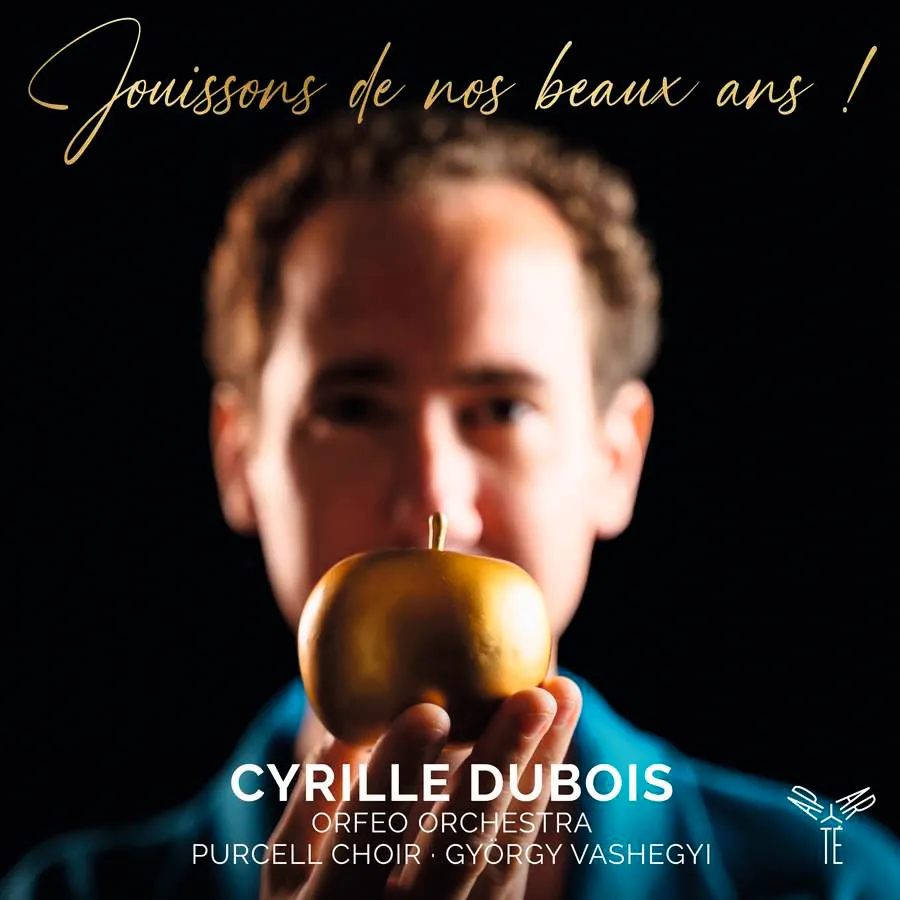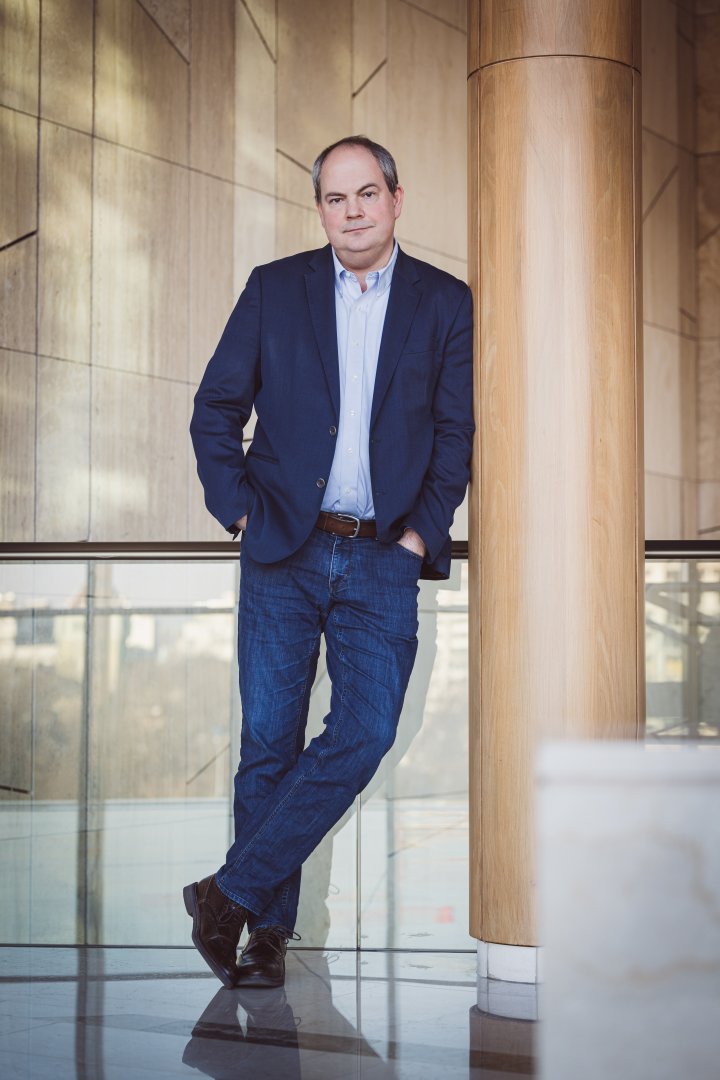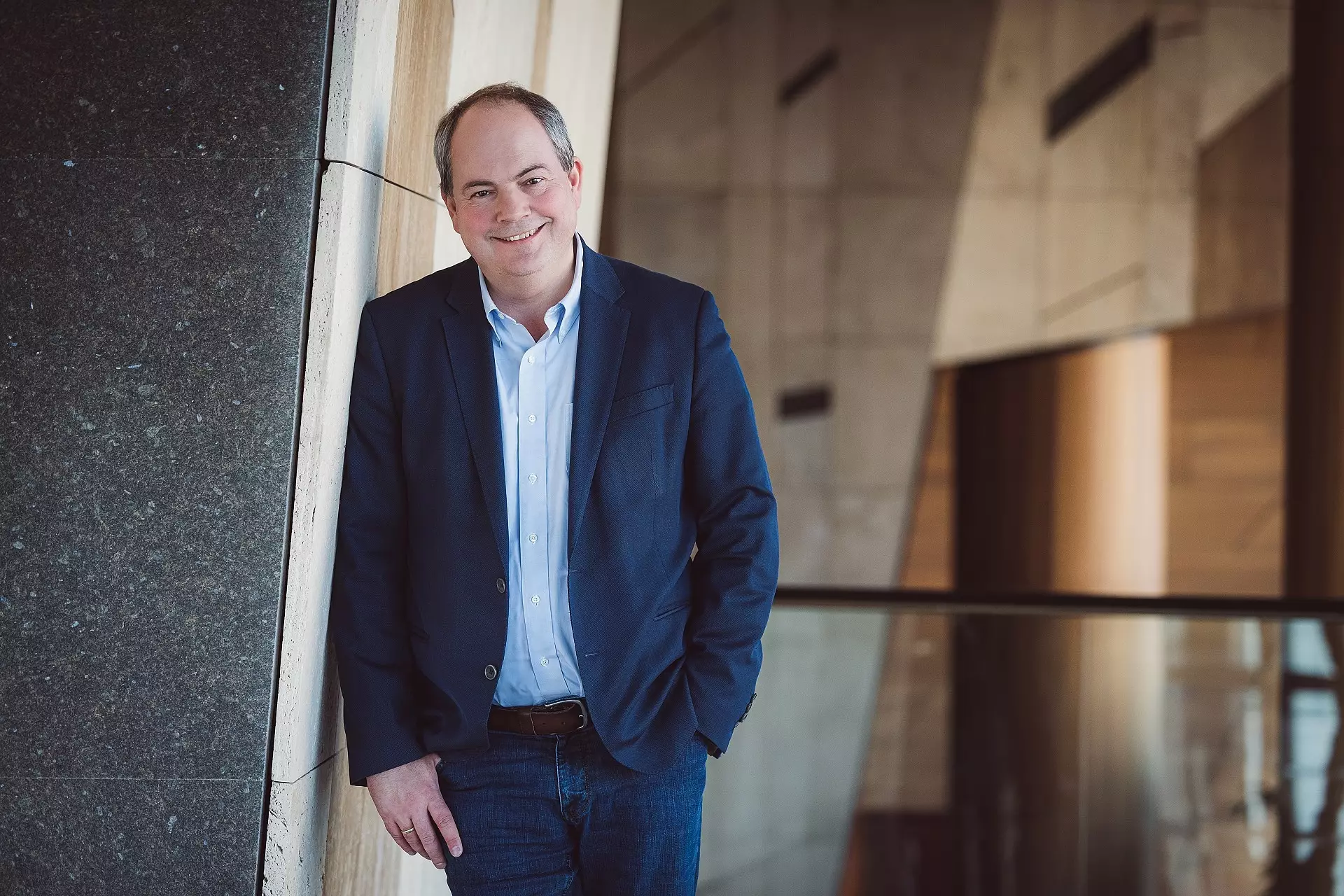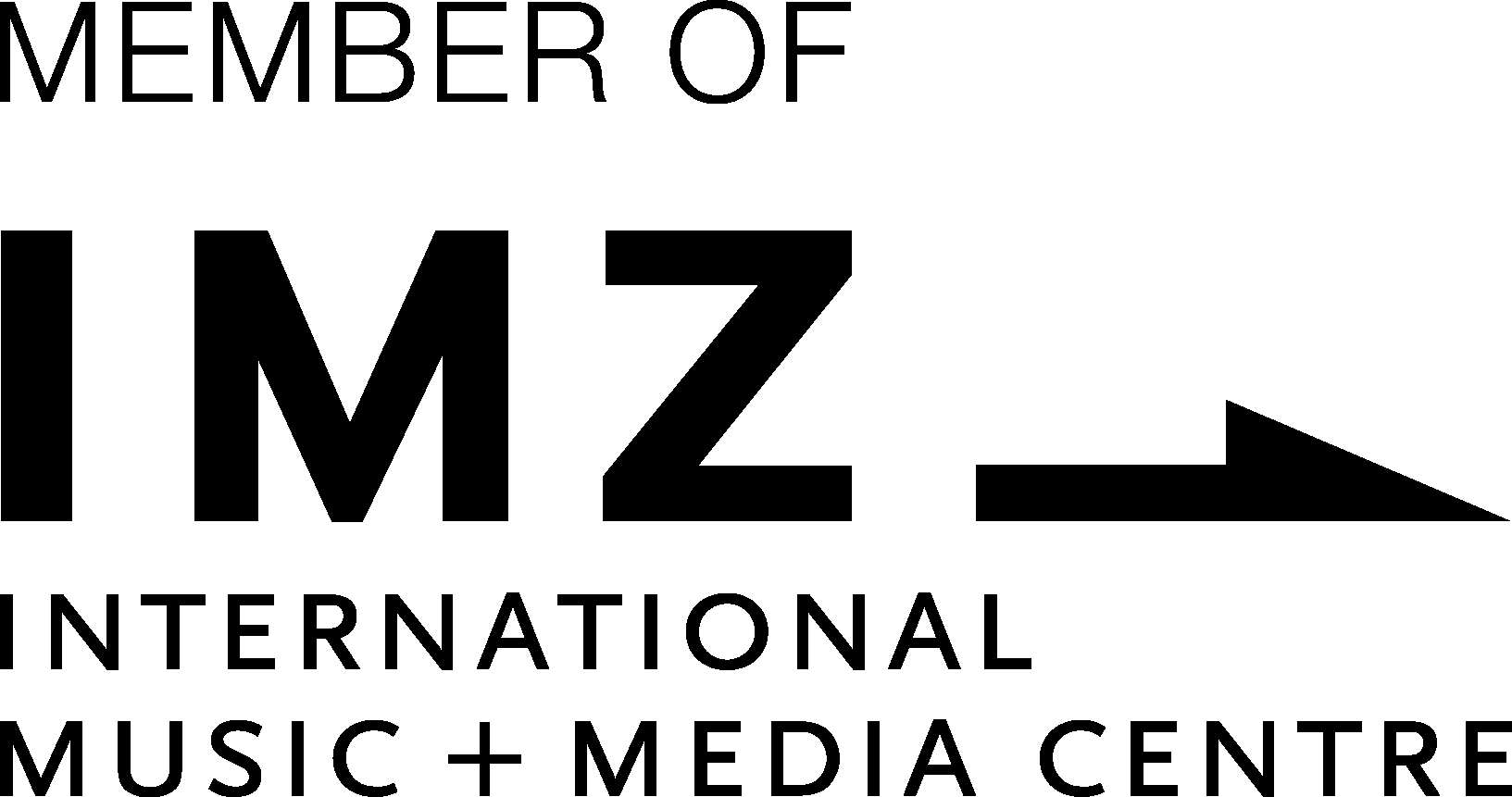In 2024, the Purcell Choir and the Orfeo Orchestra’s internationally collaborative recording earned the prestigious recognition of the International Classical Music Awards (ICMA). We asked György Vashegyi, the artistic director of the two ensembles, about their award-winning recording of French operas, and the Haydneum – Hungarian Centre for Early Music, which he founded.
– As a conductor, researcher, and leader of major Hungarian cultural institutions, you have a wide range of responsibilities. Which one is closest to you?
– At about the age of 15, I decided that music would be my vocation, the most important thing in my life, after my family. I founded the Purcell Choir and the Orfeo Orchestra in the early 1990s, when I was still a university student, and I also began my teaching career at the Liszt Academy of Music in Budapest, and although I have conducted several symphony orchestras over the years and have been asked to conduct several times at the Hungarian State Opera, these ensembles are still of fundamental importance to me. In 2021, the Haydneum, for the promotion of Hungarian early music, was established as a state institution on my initiative, and a year later I had the honour of being voted by a large majority of the members of the Hungarian National Philharmonic Orchestra to continue working with them as their chief music director, with the former ensemble of the highly esteemed Zoltán Kocsis. So, if you like, in some ways my activities as a performer and as a promoter of culture are separate, but both are based on music.
– In 2024, the ICMA jury awarded the prize for the best baroque vocal recording to the CD Jouissons de Nos Beaux Ans!, made in collaboration with Cyrille Dubois by the Purcell Choir and Orfeo Orchestra. How did this disc come about?
– I first met the French musicologist Benoit Dratwicki, who is currently the Production Director of the Centre for Early Music in Versailles, in 2011. His twin brother, Alexander Dratwicki, runs a French private foundation based in Venice that also focuses on research into French music and the genre of French opera. The two of them are doing some amazing work and have already made a significant international contribution to the history of music. They have recorded some 150 rediscovered French operas. I am very grateful that our mutually shared values and obsession with music have developed over the years into a close collaboration. So far, we have recorded a total of 19 French operas together, not to mention the so-called ‘pastiches,’ of which the above-mentioned album is a prime example. The recording is special in that it selects music by Rameau and his lesser-known contemporaries – scores written for tenor, chorus and orchestra. At the centre of the recording is Cyrille Dubois, who is, it is no exaggeration to say, one of the world’s most wonderful lyric tenors. The excerpts have therefore been selected specifically to focus on his voice and his personality.

– What are the principles behind the choice of repertoire?
– First of all, it must be said that the fact that a particular piece has no performance history does not mean that it is less valuable. There are many aspects to consider in terms of determining whether a work was staged or not. France places a very strong emphasis on the institutional preservation of its musical heritage, with the inestimable advantage that, despite wars, fires, including the French Revolution, it has preserved a very substantial musical archive and music collection, which is really just waiting to be put into expert hands. I believe that the establishment of the Centre for Early Music at Versailles in France has done just that, and it is no secret that I have intentions of seeing the Haydenum fulfil the same function in Hungary. As you mentioned, the reconstruction of a piece is a very serious undertaking, which can take years, and it is a very serious challenge. It was not uncommon in those days for an aria or a role to be written for the voice of a particular singer, which, and here I refer back to Cyrille Dubois: it’s a very exciting thing to see whether we can find someone among today’s performers who can come closest to the interpretation that was originally intended.
– The history of the Orfeo Orchestra and the Purcell Choir goes back three decades. What inspired a young musician at that time to turn to baroque music?
– Looking back now, three decades is indeed a long time, but our initiative was not without precedent. The Hungarian early music movement was already noticeable in the early 1980s, and considering the pioneering activities of Capella Savaria and Concerto Armonico, the Orfeo Orchestra and the Purcell Choir are already the third generation. The ensembles I founded are practically the same age as the regime change and the Hungarian parliamentary democracy. That in itself was an opportunity, but it also meant leaving behind the predictable structures that had been typical of the past. We had two things to rely on: foreign contacts and the dedicated instrumentalists, including György Janzsó, Maria Zádori, Miklós Spányi and László Paulik, who saw the cause of early music as a mission. It was the schools around Nikolaus Harnoncourt, Helmuth Rilling and Sir John Elliott Gardiner who were our mainstays, the latter of whom, incidentally, did an untold amount of research to rediscover the works of Jean-Philippe Rameau. It’s interesting that it was partly because of the guidelines they represented that we decided that orchestra and choir are equal partners, a relatively rare concept in Europe. I am delighted that the National Philharmonic Orchestra is also doing this, as the Hungarian National Choir with its almost 80 members, is an integral part of the orchestra of 100 musicians.

– How accessible are the old documents in Hungary? What can the Haydneum – Hungarian Centre for Early Music draw on?
– One of the most important partners of the Haydneum is the National Széchenyi Library. We are working on a library digitisation project that has hardly ever been done before in Hungary. It is based on the corpus of the Esterházy family’s music collection, which consists of about 3-400,000 pages. We have already completed 70 percent of the cataloguing, and digitisation is at 15 percent. It is a wonderful catalogue and a great starting point for further research. Of course, there are other smaller collections, such as the music collection of the Archbishop of Veszprém, or the collection of the Bodajk shrine, and there is also the legacy of Benedek Istvánffy, a Haydn contemporary, who was a short-lived but important composer. It has to be said that we can be very proud of the Esterházy princes, who not only maintained a substantial musical life in their own circles, but whose passion for collecting has now enriched us with invaluable information.
– We’re talking about ambitious plans and an unbelievable amount of possibilities. The question is, when will all this become soundtrack material?
– Due to the guidelines of the socialist era, many secular works are available in a performable form, but the discovery of sacred pieces is in our hands. We are in contact with a number of foreign ensembles who are keen to perform these works; but I should add that, as with contemporary works, we need to build up gradually what is available for audiences. I’m sure that alongside the well-known pieces of the period, the concerts will include these newly rediscovered gems which, even if we don’t know it yet, may have been the key to writing a composition that is so popular today.

– To what extent can research change our picture of, say, 18th century music?
– Well, I can only really give you one example. We have Franz Xaver Kleinheinz, whose name is hardly known to the general public. He was of Mozart’s generation, born in 1760, studied in Munich and Vienna. Not so long ago it was discovered that in 1804, at Napoleon’s coronation, his work was played. He was a good friend of Beethoven, who asked him to make transcriptions of his works, which were then published. At the end of his life, Kleinheinz was the director of the German Theatre in Pest. We have found his oratorio (written in 1809, the year of Haydn’s death), which was conducted by Hummel at the Esterházy court, and even a correspondence between Hummel and Nicholas II, which contains references to the exact parameters of the orchestra. This story is one of many that I believe can shape the history of music — even public awareness of it. My aim, of course, is to bring all this music and knowledge to the public as soon as possible.











